Publishers: Sony Computer Entertainment
Creator: Insomniac Games
Original Platform: PS3
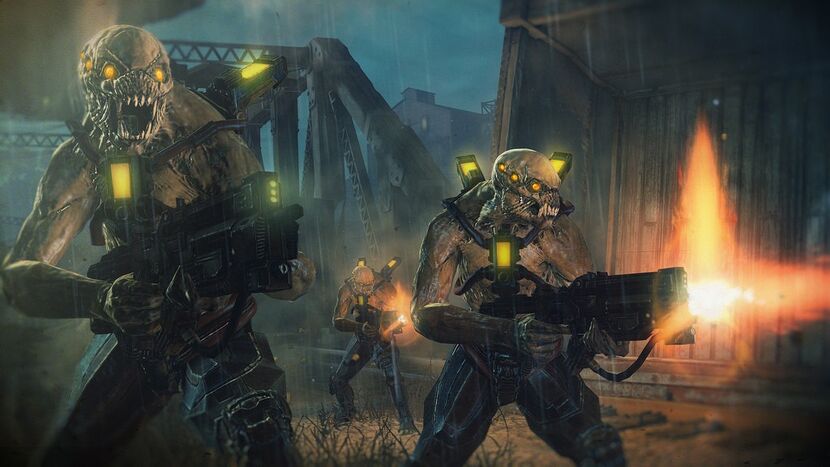 |
| Who ya gonna call? |
Envisioned by the people at Insomniac, yes, the ones who made Spyro the Dragon,and Ratchet & Clank. Resistance is a truly a phenomenal series. The fact that it’s set in the 1950′s, and involves fighting grotesque and hostile aliens is a breath of fresh air, compared to the commie/nazi/terrorist shooters which were (and still are) in vogue. Offering few features which were truly revolutionary, as a whole, the series has distilled many of the finest features of the FPS genre to create some truly memorable and entertaining games. Not to mention, the series has a well crafted story, who’s lore is present in small ways and large throughout the game.
The series is set in an alternate history, one where the Tunguska Event (look it up!) was the catalyst of the spread of an alien virus which combined alien and human DNA, creating a new species; The Chimera. By 1926, the Euro/Russian border is closed by a giant wall, the ‘Red Curtain’. Due to Russian isolationism, the Nazi government is never formed, WW2 has never happened, and by 1949, the wall was breached by the Chimera, the rest of Europe, under-equipped and unprepared to fight these high-tech inhuman creatures.
 |
| This level’s fight in Manchester Cathedral caused some real-life controversy when the Church of England claimed that it was a case of both desecration, and copyright infringement. After all, who would want to let other people know that their Cathedral is no safe haven during an alien invasion? |
1951, Britain. Enter Sgt. Nathan Hale, an American GI sent on Operation Deliverance, a mission who’s purpose was to relive the beleaguered British forces, and help reclaim the country. However, upon touching down in London, Hale finds there’s more to fear than the balmy weather and eventually becomes overwhelmed by Crawlers; the Chimeran creature used to spread the recombinant virus. Upon awakening, Hale finds he’s now become something more than human…
The first game featured a large horde of weapons, with even more unlocked on the second play through Most of the weapons were either Chimeran in origin, or human attempts at reverse engineering alien technology. While many of the weapons followed the standard template of FPS guns as established by Doom, every single gun had an interesting feature: secondary fire. Resistance is by no means, the first franchise to utilize secondary fire, however it was the first game that I ever played, which used it in such a cool and interesting way. For example, take the Bullseye, the flagship gun of the series.
It’s primary fire shoots small red spheres at the enemies. While it’s less accurate than the first gun, the M5A2 Folsom Carbine, it’s rate of fire is much higher, and it’s also much more powerful, and generally versatile; Hale can swap magazines in half a second flat! What makes this gun incredibly useful is it’s secondary fire: the Bullseye is able to fire a homing beacon, or a tag at an enemy. Once an enemy is ‘tagged’, all of the ammunition from your Bullseye will arc towards them until they’re well and truly dead. This gun only becomes even deadlier when it’s upgraded form, the Bullseye Mk II is found towards the end of the game. That said, the Bullseye will tend to be one of the least used weapons, what with a gun that can shoot through walls and a sniper rifle that can temporarily put you in a kind of ‘bullet time’, it’s safe to say that Resistance has some of the best guns seen in a FPS. This makes for an intriguing online experience, where the usage of guns needs to be judged carefully; certain weapons are more effective on ‘Chimeran’ players than human players and vice versa.
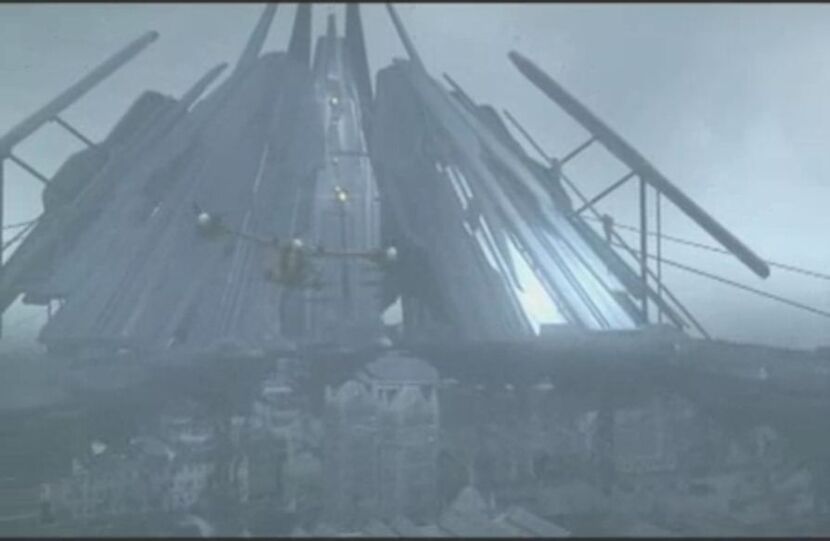 |
| Given what London looks like, you’ll be needing those weapons. |
The game-play of Resistance is perhaps the most varied of the whole series, featuring levels which allowed players to drive three different kinds of vehicles (a tank, a walker, and a Jeep , and after his Infection Hale had an odd combination of a health bar and regenerating health. That is, his health bar was broken into four segments. If a segment was not completely depleted, then it would regenerate, given enough time. Hale could also heal by picking up cannisters of Sym-Bac fluid, a kind of syrum used by the Chimera to accelerate their own healing factors, and the game’s version of a health pack. Speaking of healing factors, while the Chimera never did seem to heal, Wolverine like, in game, they had heat stacks on their backs to compensate for the heightened body temperatures produced by their healing abilities, and resulting heightened metabolic rates. These heat stacks provided an added weak point on some of the Chimeran troops, destroying enough would ensure its death within seconds, giving a fun variation to the typical “shoot them in the head/body” approach favoured by most FPSes.
The story was well presented, featuring some nice narration which worked quite well, however if it were not for his face, name, and scant few lines of dialogue Nathan Hale would be like any other cipher we've come to accept in a FPS. His characterisation is near non existent no witty quips, no one-liners, the only detail of his past being a photograph he looks at before leaving his plane and joining the battle for Britain.
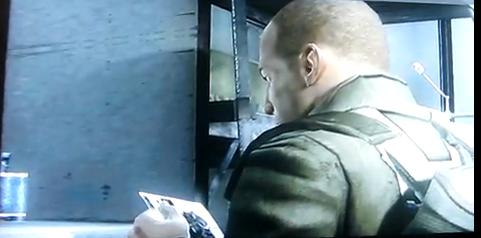 |
| This picture actually ends up being in the house of one of your allies in Resistance 2, and actually plays an important part in the story. |
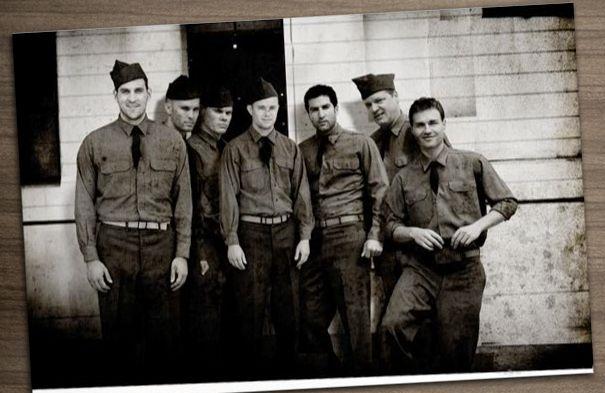 |
| The boys in 'Project Abraham'. |
In terms of visuals, the graphics of the first Resistance still do the job nicely, however they naturally are not as good as current video games. That said, the game’s six years old, being the launch title of the PS3, and has aged better than a nice bottle of wine. Through a combination of cut-scenes and the research files and text logs found in game, Resistance establishes its own mythos very effectively. These texts and photographs are generally scattered all over the place because video-game people have apparently never heard of filing cabinets.But I digress…
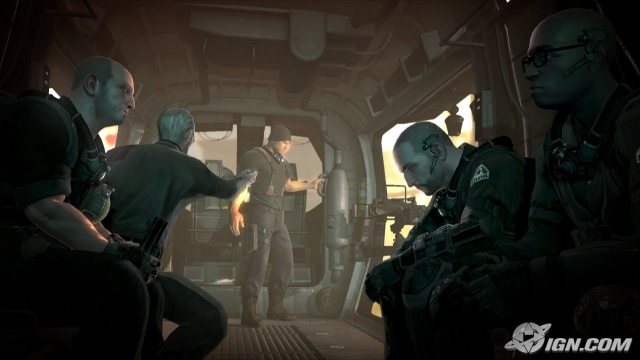 |
| Everyone in this picture is badass. No, don’t look at me, I didn’t steal this pic from IGN; the Resistance wikia did! I just…took it from them… |
Resistance 2 continued the story, this time moving from the cold climes of England to various locales in North America, Iceland, and the Chixiclub Crater in South America. Gone is Nathan Hale’s health bar this time replaced with regenerating health. Was it supposed to symbolise Hale’s increased infection, or was this just an attempt to catch in on a popular gaming trend? Either way I saw it as an unnecessary change, but I quickly got over it. What was a good and important change, was increasing Hale’s characterisation, both by giving him more dialogue and some squad-mates who could actually keep up with him; i.e. they were more than just computer controlled bullet sponges.
Resistance 2 ramps it up many ways, and conversely tones it down in other areas; there are more locations, more Hale, more powerful weapons, more (and bigger) monsters, and a lot more gore, however only two weapons can be carried at any given time, and there are ultimately less that can be used. It’s a better game than the first Resistance, though not by leaps and bounds. Still, it has a circular saw that shoots its blades at enemies, and a napalm grenade launcher, so that’s gotta count for something. Resistance 2 also adds (really big) boss enemies for the first time, and as fun as they were to play against, on the whole, these battles felt highly scripted, with any deviations from the script resulting in a quick death. However it’s the ability to pilot vehicles does not return, though multiplayer does, and the strange and awesome guns make for a fun online experience.
It’s good to see that Insomniac games used their love for level design and quirky weaponry so well in a more ‘adult’ title; (I still shamelessly love Spyro) and these weapons combined with a large variety of enemies will ensure players keep on coming for the ride. The final level of Resistance 2 offers some changes to the pace and flow of the game. *spoilers* at the end of the game after killing the final boss, Hale gets the ability to fire telekinetic blasts from his hands, and runs much faster than before. Let me just re-iterate how awesome this is: you fire blasts of energy from your hands, which make any and ALL enemies in your way violently explode, spreading their gibs everywhere!
 |
| And then Capelli kills him. Nathan Hale, hero, too awesome to live. |
Nor is Capelli a super-human sentinel any longer, having been cured of the Chimeran virus using the Hale vaccine, a vaccine made from the blood of Nathan. In game-play terms, the loss of his powers translates to a lack of regenerating health. Instead players must fight more cautiously, and rely upon the Sym-bac fluid from the first game. Still, Capelli seems to be able to survive an unusual amount of punishment, and appears to be far stronger than he should be. Even so, Capelli feels very human, unusually so compared to the hostile grunt he was in the last game.
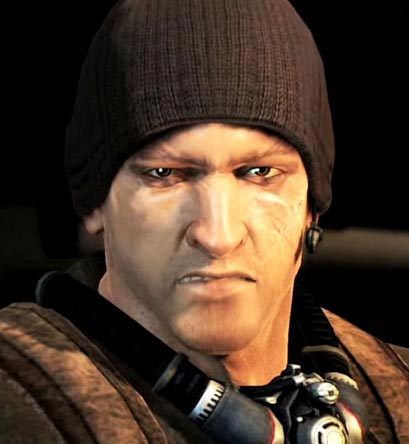

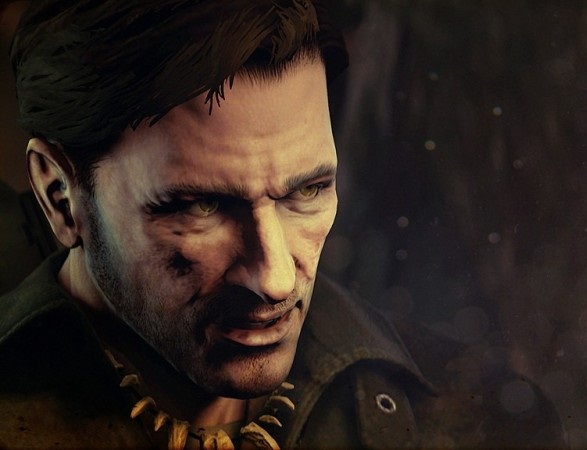 |
| A changed man, if you will... |
The stakes are just as high as they previously were, but this time…it’s personal! Sorry, I’ve always wanted to say that… But it’s true; Capelli is saving the world, but that’s not why he’s fighting; he’s fighting to save his wife and son. The game captures these emotions better than ever through the use of cut-scenes, produced by having the actors actually covered in motion capture gear as they played their parts. Their performances were manifested so well in the game that it really brought to life the struggle and hardships Capelli was going through, giving more power to the story of the game through the added humanity of this story. The story of Resistance 3 is both to its benefit, and at times detriment; the smaller scope of the game’s plot means there’s less of a focus on the overall mythos, however there’s much more pathos to drive players forward.
The game-play itself also improves; the weapon wheel returns, there are more weapons than in Resistance 2, there’s a greater variety of enemies, and boss fights are more challenging than before. The addition of a sledgehammer is a nice touch, enabling players to unleash their inner Viking as they charge Chimera in a berserk rage (at least that’s what I did) and there’s one final innovation to the series, upgradeable weapons! The getting enough kills with a weapon gradually earns it experience points, and once its XP meter is full, the weapon will be upgraded, with extra damage and additional features.
Only the grenades and the sledgehammer could not be upgraded (sadly). The only gripe I had with the weapons was the shotgun; its primary fire was now useless at anything but extremely close range, while its secondary fire was a weaker version of the carbine’s under barrel grenade launcher. It wasn't a bad weapon, but compared to the other guns it felt superfluous and underpowered.
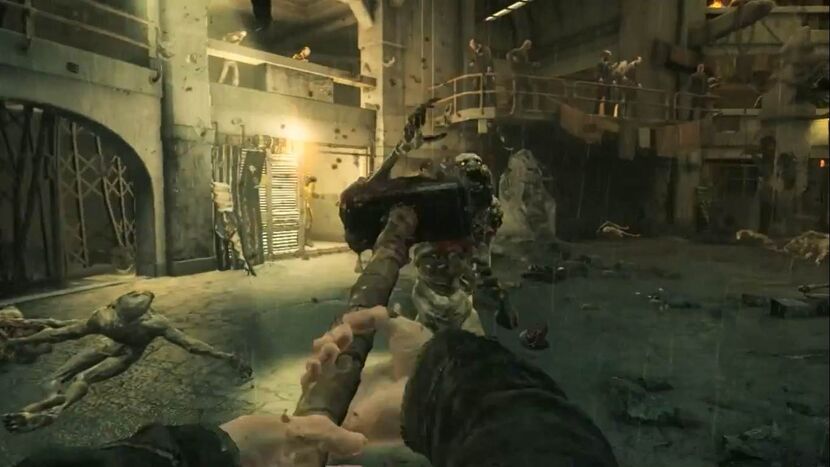 |
| No upgrades for you, sledgehammer. While I would have loved to use the Hammer of Thor, I’ll have to wait for another game… |
As much as I can say about these three games, I unfortunately can’t say anything about Retribution or Burning Skies, as I don’t own a PSP…
What I can say though is this: The games utilized an intriguing way of elaborating on their story, and the Resistance mythos as a whole. From in game posters and documents like this gem:

To the traditional format of books and comics, and even connecting with people online; through the Project Abraham interactive webseries, and fictional SRPANET,their fictional equivalent of ARPANET. Resistance worked hard at elaborating upon what could have otherwise been a typical ‘alien invasion’ story, taking many of the best features of other video-games and refining them, to make a great series. Unfortunately Insomniac has no plans to continue on with Resistance, but I can only hope…
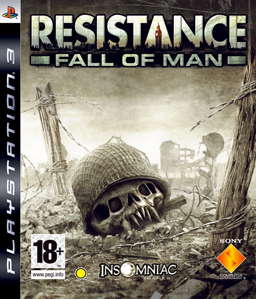
Resistance Fall of Man:Rating: 8/10
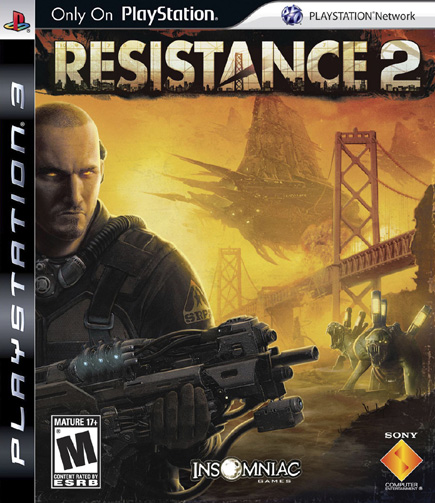
Resistance 2:Rating: 9/10

Resistance 3: Rating: 9/10
Originally written for and posted on Comikkazee.
Posted on the 28th of June, 2012
Originally written for and posted on Comikkazee.
Posted on the 28th of June, 2012
No comments:
Post a Comment